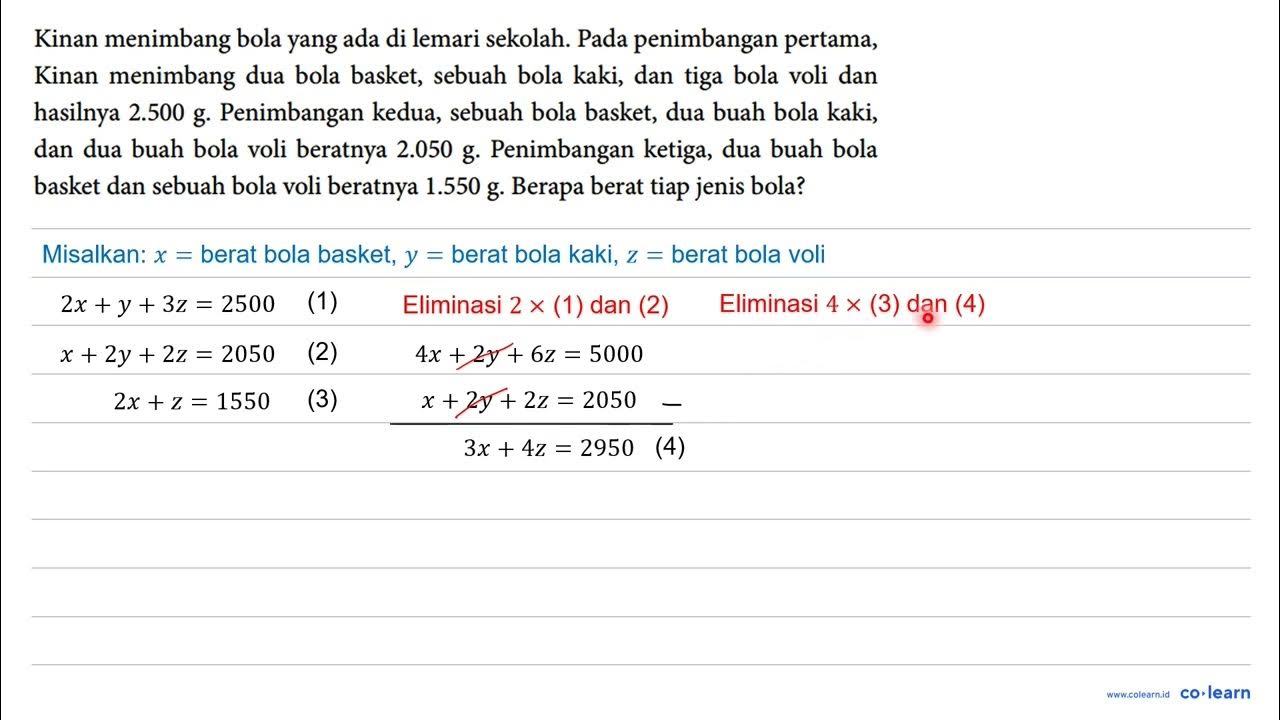Stacked Ball Drop
Summary
TLDRThis video demonstrates a fascinating physics experiment with three different balls: a basketball, a super bouncy ball, and a golf ball. By stacking the balls and dropping them, the golf ball bounces to an impressive 28 feet, far exceeding its normal bounce height. The explanation highlights how energy and momentum transfer between the balls, similar to the process of a supernova explosion, where energy from a dense core accelerates less dense outer layers outward. The video also encourages viewers to try the experiment at home, emphasizing the importance of alignment for successful results.
Takeaways
- 😀 The video demonstrates the bouncing behavior of different balls: a basketball, a super bouncy ball, and a golf ball.
- 😀 The golf ball bounced to an impressive height of 28 feet, 800% of its dropped height, when stacked on top of the super bouncy ball and basketball.
- 😀 The golf ball's bounce can be compared to it falling from a height of 40 feet, much higher than its original drop height.
- 😀 When balls are dropped individually, they lose some energy to heating the ground and the ball itself, so they don't bounce back to the same height.
- 😀 When combining two balls, like the basketball and tennis ball, the tennis ball can bounce higher than its original drop height due to the energy transferred from the basketball.
- 😀 The basketball stores elastic potential energy in its compression and releases it to propel the tennis ball upwards, similar to a double bounce on a trampoline.
- 😀 A larger mass, such as the basketball, transfers more momentum to smaller objects, like the tennis ball, causing them to bounce higher.
- 😀 The video also explains how the same principle applies to the energy transfer seen during the explosion of a supernova.
- 😀 In a supernova, the collapse of the dense core creates a shockwave that accelerates less dense layers outward at a very high velocity.
- 😀 Just as the basketball's momentum pushes the smaller balls higher, the dense core of a supernova transfers energy outward, resulting in the explosion of the star's outer layers.
- 😀 The video encourages viewers to experiment with this concept at home, but stresses the importance of aligning the balls vertically to achieve the desired outcome.
Q & A
How high did the golf ball bounce in the demonstration?
-The golf ball bounced to 28 feet after being dropped from about 3 and a half feet, which is 800% of its dropped height.
Why did the golf ball bounce higher than expected?
-The golf ball bounced higher due to the transfer of energy from the bouncy ball and the basketball below it, which added extra momentum to the golf ball.
What is the typical bounce height of the golf ball by itself?
-The golf ball typically bounces about 70% of its dropped height under normal conditions.
How did the combination of balls affect their bounce height?
-When the balls were stacked, the tennis ball bounced higher than its dropped height because of the energy transferred from the compressed basketball, which acted as a springboard.
What role does the basketball play in the energy transfer?
-The basketball stores elastic potential energy as it compresses and then releases that energy to propel the tennis ball upward, similar to a double bounce on a trampoline.
How does momentum transfer between the basketball and tennis ball?
-The basketball, being more massive, transfers its momentum to the tennis ball upon contact, increasing the tennis ball's velocity and causing it to fly upward with greater speed.
Why does the basketball bounce lower when three balls are dropped together?
-The basketball bounces lower because more energy is transferred to the smaller balls, reducing the energy it retains for its own bounce.
How is this energy transfer similar to a supernova?
-Just like the basketball transfers momentum to the smaller balls, in a supernova, energy from the dense core of the star is transferred in a shockwave that accelerates the outer layers outward at high velocity.
What happens during the collapse of a supernova's core?
-The core of the supernova collapses when fusion stops, and the collapse is halted when neutrons in the core touch, which causes the implosion to rebound and the outer layers to explode outward.
Why is it important for the balls to be vertically aligned during the demonstration?
-Vertical alignment is crucial because any misalignment amplifies the off-centeredness during the energy transfer, making the stacked balls less stable and preventing the desired bounce effect.
Outlines

Esta sección está disponible solo para usuarios con suscripción. Por favor, mejora tu plan para acceder a esta parte.
Mejorar ahoraMindmap

Esta sección está disponible solo para usuarios con suscripción. Por favor, mejora tu plan para acceder a esta parte.
Mejorar ahoraKeywords

Esta sección está disponible solo para usuarios con suscripción. Por favor, mejora tu plan para acceder a esta parte.
Mejorar ahoraHighlights

Esta sección está disponible solo para usuarios con suscripción. Por favor, mejora tu plan para acceder a esta parte.
Mejorar ahoraTranscripts

Esta sección está disponible solo para usuarios con suscripción. Por favor, mejora tu plan para acceder a esta parte.
Mejorar ahoraVer Más Videos Relacionados
5.0 / 5 (0 votes)






